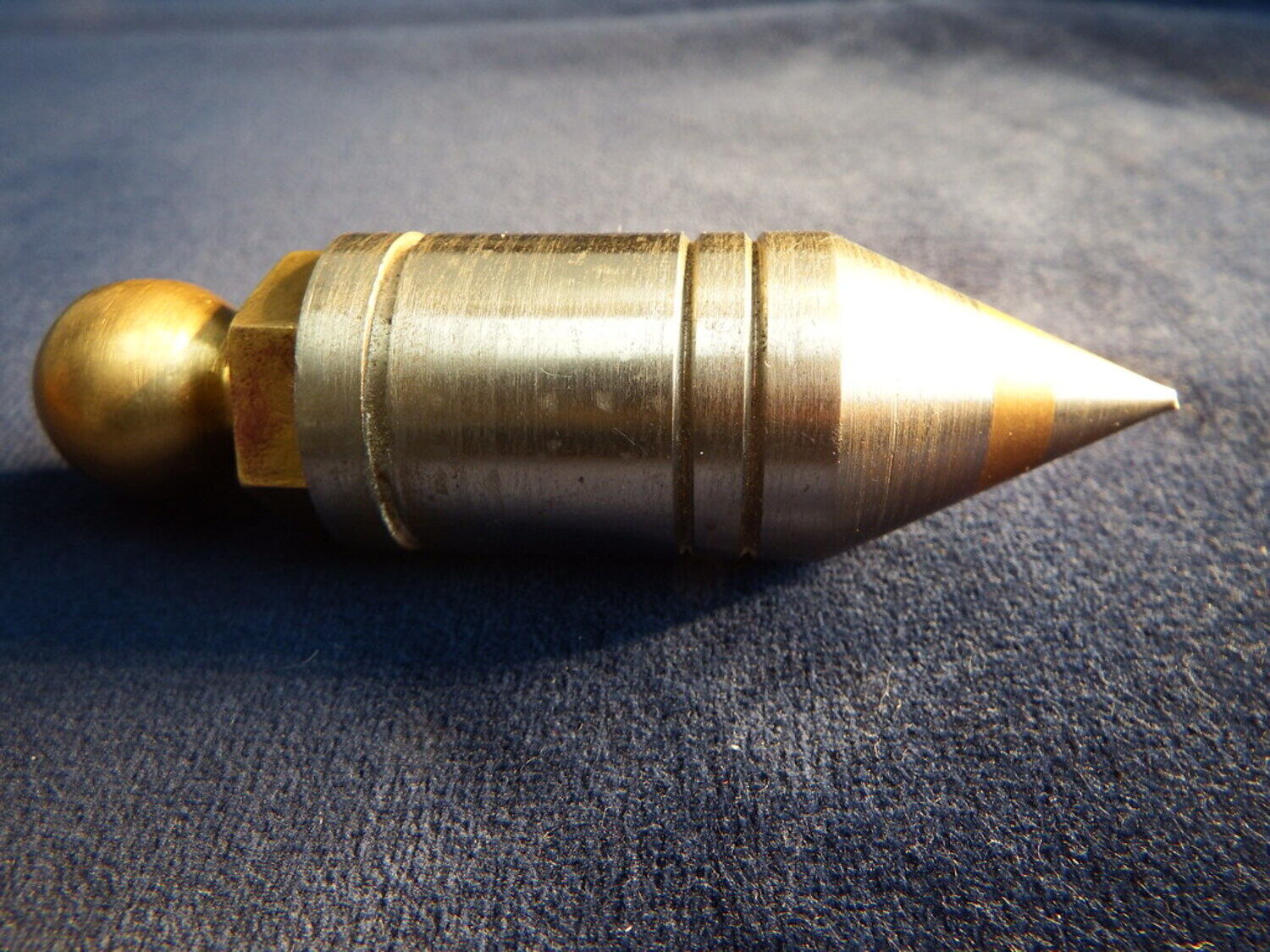

Articles
What Is A Plumb Bob Tool Used For?
Modified: March 1, 2024
Discover the many uses and benefits of a plumb bob tool in this informative article. Whether you're a professional or a beginner, learn how this essential tool can aid in accurate measurements and ensure precise alignment in various construction and DIY projects.
(Many of the links in this article redirect to a specific reviewed product. Your purchase of these products through affiliate links helps to generate commission for Storables.com, at no extra cost. Learn more)
Introduction
Welcome to the fascinating world of construction tools! In this article, we will dive into the depths of one specific tool – the plumb bob. You may have come across this intriguing tool while observing construction sites or watching DIY videos, but do you really know what a plumb bob is used for? In this article, we will explore the purpose, history, functionality, and importance of the plumb bob tool in the world of construction.
Imagine a massive skyscraper standing tall amidst a bustling cityscape. Have you ever wondered how such colossal structures stay perfectly vertical and aligned? That’s where the humble plumb bob comes into play. As an essential tool used by construction professionals and DIY enthusiasts, the plumb bob serves a vital purpose in ensuring precise and accurate measurements.
Whether you are a seasoned builder or a curious learner, understanding the intricacies of the plumb bob tool will deepen your knowledge of construction techniques and appreciation for the precision required in building structures. So, let’s embark on this journey to unravel the secrets behind the plumb bob’s functionality, uses, and significance in construction.
Next, let’s dive into the definition of a plumb bob tool and gain a better understanding of its purpose and importance.
Key Takeaways:
- The plumb bob tool, with its historical significance and timeless effectiveness, plays a crucial role in ensuring precise vertical alignment, quality assurance, and cost efficiency in construction projects, connecting modern builders to ancient construction practices.
- From traditional metal plumb bobs to advanced laser variations, the versatility and importance of the plumb bob tool extend beyond construction, finding applications in surveying, archaeology, and creative projects, embodying the pursuit of precision and craftsmanship in the built environment.
Read more: What Is A Plumb Bob Used For In Surveying
Definition of a Plumb Bob Tool
A plumb bob is a simple yet ingenious tool that is used in construction and various other fields to ensure vertical alignment and accurate measurements. It is essentially a weight attached to a string or a cord, which acts as a vertical reference line. The weight, typically made of metal, is shaped like a pointed cone or a cylinder.
When the plumb bob is suspended from its cord, it hangs freely and aligns itself with the force of gravity. The sharp point of the weight indicates the exact vertical position, allowing builders and carpenters to create straight and aligned structures. The name “plumb” comes from the Latin word “plumbum,” which means lead, reflecting the historical use of lead weights in early plumb bobs.
The length of the cord is typically marked with increments to aid in accurate measurements. Some plumb bobs may also feature a reel mechanism for easy storage and transportation. While traditionally plumb bobs were made of metal, modern variations can also be found with plastic or even magnetic weights.
The simplicity and effectiveness of the plumb bob tool have made it a staple in the construction industry for centuries. Its precise vertical alignment capabilities make it an indispensable tool for builders, architects, masons, and carpenters alike. It is used extensively in various construction tasks such as erecting walls, installing doorframes and windows, establishing straight vertical lines for plumbing, and checking the alignment of structures during construction or restoration projects.
In the next section, we will delve into the history of the plumb bob tool, exploring its origins and evolution throughout the years.
History of the Plumb Bob Tool
The history of the plumb bob tool dates back thousands of years, with evidence of its use found in ancient civilizations. Egyptians, Greeks, and Romans all employed plumb bobs in their architectural and construction endeavors. These early plumb bobs were typically made of stone or metal, and their shapes varied from simple cones to intricate designs.
In ancient Egypt, the alignment of structures and monuments was of utmost importance. Builders used plumb bobs made of carved stones or flint to ensure precise verticality. These early plumb bobs were often engraved with hieroglyphs, making them not only functional but also decorative artifacts.
During the Roman Empire, plumb bobs became essential tools in the construction of magnificent structures such as the Colosseum and aqueducts. The Romans improved upon the design, using lead weights that were more durable and easier to shape. They also attached handles to the weights to increase stability and ease of use.
In the Middle Ages, plumb bobs continued to be used extensively in Gothic architecture. Builders incorporated plumb lines and bobs during the construction of grand cathedrals, ensuring the vertical alignment of towering spires and intricate arches. The carpenters and masons of the time relied heavily on the accuracy provided by plumb bobs to create visually stunning and structurally sound structures.
With the advancements in materials and technology, plumb bobs saw further improvements and enhancements during the Renaissance and later periods. The weights were crafted with more precision, and cords were marked with measurements for increased accuracy. In the 18th and 19th centuries, plumb bobs with replaceable tips were developed, allowing users to change the weight’s point according to their specific needs.
In modern times, the plumb bob’s design has remained relatively unchanged, with traditional metal weights still widely used. However, plastic and magnetic variations have also been introduced for convenience and versatility. The development of laser leveling technology in recent years has provided an alternative method for achieving vertical alignment, but the plumb bob continues to be relied upon for its simplicity, reliability, and affordability.
Now that we have explored the historical significance of the plumb bob tool, let’s move on to understanding how it works and its importance in construction.
How Does a Plumb Bob Work?
The functioning of a plumb bob is based on the principle of gravity. When the plumb bob is suspended from a string or cord, it hangs freely and aligns itself with the vertical direction dictated by the force of gravity. The pointed weight at the end of the string always seeks the vertical axis, giving builders and craftsmen a reliable reference line to work with.
To use a plumb bob, the user simply holds the top end of the cord or string and allows the weight to hang freely. As the weight settles, it aligns itself with the pull of gravity, forming a perfectly vertical line. By observing the alignment of the weight’s point with a marked reference on the ground or another vertical surface, construction professionals can determine if a structure or element is vertically straight or if any adjustments are necessary.
The accuracy of the plumb bob tool depends on a few factors. Firstly, the weight must be completely straight and symmetrical to ensure a precise indication of the vertical direction. Any deformities or irregular shapes in the weight can lead to inaccurate readings. Secondly, the cord or string must be taut and free from any external forces such as wind or vibrations to prevent it from swaying and affecting the alignment of the weight.
The plumb bob’s simplicity and reliability make it a versatile tool in various construction tasks. It can be used to align vertical elements such as walls, columns, and posts during construction or renovation projects. It is also invaluable for establishing straight vertical lines for plumbing, ensuring that pipes and channels are properly aligned. Furthermore, the plumb bob is handy for verifying the verticality of structures such as doors, windows, and frames, guaranteeing their proper installation.
In addition to its use in construction, the plumb bob finds applications in other fields as well. It is used by archaeologists to establish vertical references during excavations, allowing them to understand the orientation of ancient structures and artifacts. Surveyors also employ plumb bobs to create precise vertical markers for mapping and land surveying purposes.
Now that we understand how a plumb bob works, let’s explore the wide range of uses and the importance of this tool in the field of construction.
Uses of a Plumb Bob Tool
The plumb bob tool is a versatile instrument that serves multiple purposes in the world of construction and beyond. Its main function is to establish vertical alignment, but its applications extend to various tasks and industries. Let’s explore some of the common uses of the plumb bob tool:
- Aligning Walls and Structures: During construction, it’s crucial to ensure that walls, columns, and other structural elements are perfectly vertical. Plumb bobs are used to establish accurate vertical lines, allowing builders to create straight and aligned structures.
- Installing Doors and Windows: When hanging doors or installing windows, it’s important to ensure they are vertically straight and properly aligned. Plumb bobs aid in determining the correct position for installation, eliminating any tilting or misalignment.
- Plumbing Tasks: The plumb bob tool is widely used in plumbing to establish vertical lines for pipes, drainage systems, and other plumbing fixtures. It helps ensure that plumbing elements align correctly and function properly.
- Checking Slopes and Inclines: Plumb bobs can also be used to measure and check the slope or inclination of surfaces. By observing the alignment of the weight with a reference point, one can determine the degree of slope or incline accurately.
- Archaeological Excavations: Archaeologists use plumb bobs to create vertical references when excavating historical sites. This helps them understand the original orientation of structures and artifacts.
- Surveying and Mapping: Surveyors rely on plumb bobs to create precise vertical markers for land surveying and mapping purposes. The tool helps determine heights, elevations, and vertical measurements in surveying projects.
- Art and Craft Projects: Plumb bobs are sometimes used in art and craft projects for their aesthetic appeal. They can be incorporated into decor, jewelry, and other creative endeavors.
The uses mentioned above are just a few examples of how the plumb bob tool is utilized. Its simplicity, accuracy, and versatility make it an indispensable tool for professionals in the construction industry, as well as for DIY enthusiasts and hobbyists.
Now that we have a better understanding of the various uses of the plumb bob tool, let’s explore its significance and importance in construction.
When using a plumb bob tool, make sure to hold it steady and allow it to come to a complete stop before taking any measurements. This will ensure accurate results.
Read more: What Is A Brass Plumb Bob Used For
Importance of a Plumb Bob Tool in Construction
The plumb bob tool plays a crucial role in construction, where precision and accuracy are paramount. Its importance lies in its ability to provide a reliable vertical reference, ensuring that structures are built straight, aligned, and level. Let’s explore the significance of the plumb bob tool in construction:
- Precision and Accuracy: The plumb bob allows builders to achieve precise vertical alignment, which is essential for the structural integrity of buildings. It ensures that walls, columns, and other elements are perfectly straight, preventing any potential issues such as tilting or instability.
- Quality Assurance: By using a plumb bob, construction professionals can ensure the highest quality of work. It helps eliminate any misalignments or discrepancies in the construction process, resulting in a finished product that meets the required standards.
- Cost Efficiency: Proper vertical alignment achieved with the help of a plumb bob prevents costly rework and repairs. By catching any alignment issues early on, builders can address them promptly, avoiding potential delays and additional expenses.
- Time Saving: The plumb bob tool allows for efficient construction workflows. Builders can quickly establish vertical references and proceed with other tasks, maintaining a smooth and steady construction pace.
- Architectural Aesthetics: Straight and aligned structures not only ensure structural stability but also contribute to the overall aesthetics of a building. The plumb bob helps architects and builders create visually pleasing designs with clean lines and balanced proportions.
- Consistency and Uniformity: The use of plumb bobs ensures consistency and uniformity across different parts of a structure. This is especially important in larger projects where maintaining uniform verticality is essential for a visually harmonious and well-balanced outcome.
- Historical Significance: The plumb bob tool has been used for centuries in construction, connecting modern builders to ancient construction practices. Its continued use pays homage to the history of the trade and highlights the importance of time-honored techniques.
The plumb bob tool, with its simple yet effective design, is a foundational tool in the construction industry. It has stood the test of time and remains an essential instrument relied upon by builders and craftsmen worldwide.
Now that we understand the importance of the plumb bob in construction, let’s explore the different types of plumb bob tools available to cater to specific needs and preferences.
Different Types of Plumb Bob Tools
The plumb bob tool has evolved over the centuries, adapting to various construction needs and preferences. While the basic concept remains the same, there are different types of plumb bob tools available today, each with its own unique features. Let’s explore some of the common types of plumb bob tools:
- Traditional Metal Plumb Bob: This is the most common type of plumb bob, consisting of a metal weight, typically made of brass or steel, attached to a cord or string. It is durable, reliable, and suitable for most construction applications.
- Reel Plumb Bob: Reel plumb bobs incorporate a mechanism that allows the cord to be wound inside the weight, making it easier to store and transport. This type of plumb bob offers convenience and prevents tangling of the cord.
- Locked-Tip Plumb Bob: Locked-tip plumb bobs feature a removable or replaceable tip, allowing users to customize the weight’s point. Different tip options, including sharp cones, blunt cones, or cylinders, provide versatility for different construction tasks.
- Plastic Plumb Bob: Plastic plumb bobs are lightweight and affordable alternatives to metal plumb bobs. They are commonly made of durable plastic materials and are suitable for lighter construction projects or in situations where metal weights may cause damage or interference.
- Magnetic Plumb Bob: Magnetic plumb bobs are equipped with magnets in the weight, allowing them to adhere to metal surfaces. This type of plumb bob is useful in situations where a metal surface can be used as a reference point.
- Laser Plumb Bob: Laser plumb bobs utilize laser technology to project a vertical line onto a surface. This type of plumb bob offers a hands-free and highly accurate method for establishing vertical references. It is particularly helpful in large-scale construction projects and advanced surveying applications.
- Decorative Plumb Bob: Decorative plumb bobs are designed primarily for aesthetic purposes. They feature intricate designs, decorative embellishments, or unique materials, making them suitable for art, craft projects, and collectors.
These are just a few examples of the different types of plumb bob tools available in the market. Builders and craftsmen can choose the type that best suits their specific needs, preferences, and project requirements.
Now that we have explored the various types of plumb bob tools, let’s move on to some tips for using a plumb bob effectively.
Tips for Using a Plumb Bob Tool
Using a plumb bob effectively requires some technique and attention to detail. Here are some tips to ensure accurate measurements and successful use of a plumb bob tool:
- Secure a Stable Anchor Point: When using a plumb bob, it’s essential to have a stable and secure anchor point. This can be a sturdy hook, a nail, or any other solid attachment that can hold the weight and the cord without any movement or swaying.
- Avoid Wind and Vibrations: Wind and vibrations can interfere with the stability of the plumb bob. It’s crucial to work in calm and still conditions to prevent any unwanted movement or inaccurate readings.
- Ensure a Straight Cord: Before using the plumb bob, make sure the cord or string is straight and free from any kinks or tangles. A straight cord is essential to prevent any additional deviation or misalignment.
- Observing the Alignment: To get an accurate reading, observe the alignment of the weight’s point with a reference point on the ground or another vertical surface. Use a plumb line or ruler to ensure the vertical line is straight and aligned correctly.
- Marking the Reference Line: To establish a permanent reference line, mark the position of the weight’s point on the surface. This will help in future measurements and ensure consistency in alignment throughout the construction process.
- Using Plumb Bobs in Pairs: For longer walls or larger structures, it can be helpful to use two plumb bobs simultaneously. Position them at different ends of the structure and compare the alignment to ensure a straight and uniformly aligned result.
- Protective Caps: If you are working with a plumb bob that has a sharp point, use a protective cap or cover on the weight when not in use. This helps prevent accidents and keeps the point sharp for accurate measurements.
- Practice and Calibration: Like any tool, using a plumb bob effectively takes practice. Take the time to calibrate and familiarize yourself with your specific plumb bob to ensure accurate readings and successful results.
By following these tips, you can use a plumb bob effectively and achieve precise vertical alignment in your construction projects.
Now that we have explored the tips for using a plumb bob tool, let’s conclude our journey into the world of this fascinating construction instrument.
Conclusion
The plumb bob tool is a timeless instrument that has been essential in construction for thousands of years. From ancient civilizations to modern construction sites, the plumb bob’s role in ensuring vertical alignment and precise measurements cannot be understated. Its simplicity, reliability, and versatility make it a staple tool in the construction industry.
Throughout history, plumb bobs have evolved, incorporating different materials, designs, and features to meet the diverse needs of builders and craftsmen. Whether it’s the traditional metal plumb bob, the convenient reel plumb bob, or the advanced laser plumb bob, each type serves its purpose in construction tasks.
Using a plumb bob effectively requires attention to detail, proper technique, and a keen eye for accuracy. By following practical tips such as securing a stable anchor point, avoiding wind and vibrations, and observing the alignment with precision, builders can achieve consistent and reliable results.
The importance of the plumb bob tool in construction cannot be overstated. It ensures precise vertical alignment, contributes to the quality and aesthetics of structures, saves time and costs by preventing rework, and connects modern builders to ancient construction practices. The plumb bob’s significance extends beyond construction, finding applications in surveying, archaeology, and various creative projects.
As technology advances, new tools and methods may emerge, but the plumb bob’s simplicity and effectiveness have stood the test of time. It remains an integral part of the construction industry, embodying the skills, craftsmanship, and attention to detail required to build straight, aligned, and visually appealing structures.
So, the next time you see a plumb bob on a construction site or in a DIY video, remember its historical significance and the vital role it plays in creating the built environment we live in. The plumb bob continues to guide builders, align structures, and symbolize the pursuit of precision in construction.
Frequently Asked Questions about What Is A Plumb Bob Tool Used For?
Was this page helpful?
At Storables.com, we guarantee accurate and reliable information. Our content, validated by Expert Board Contributors, is crafted following stringent Editorial Policies. We're committed to providing you with well-researched, expert-backed insights for all your informational needs.
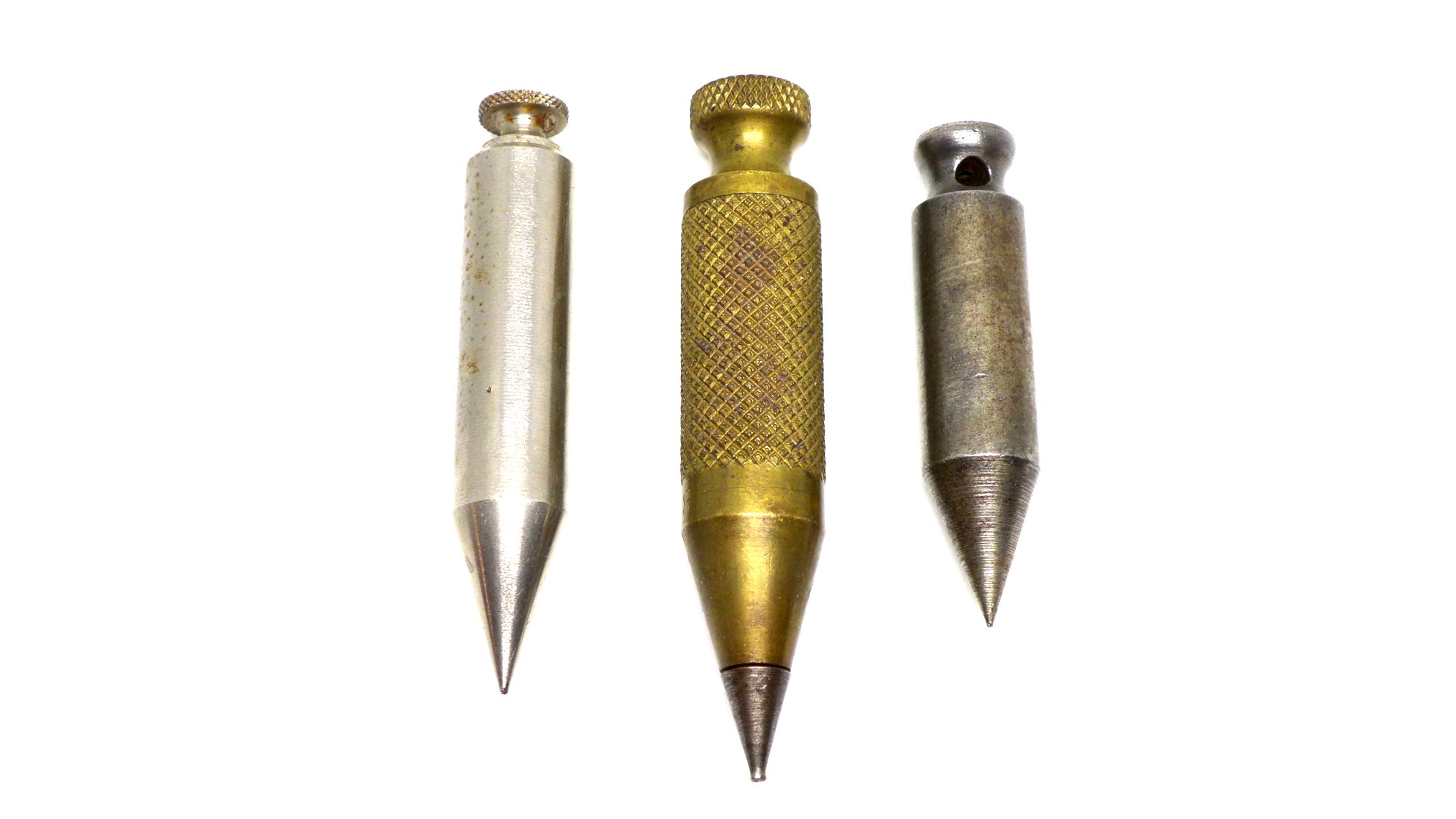

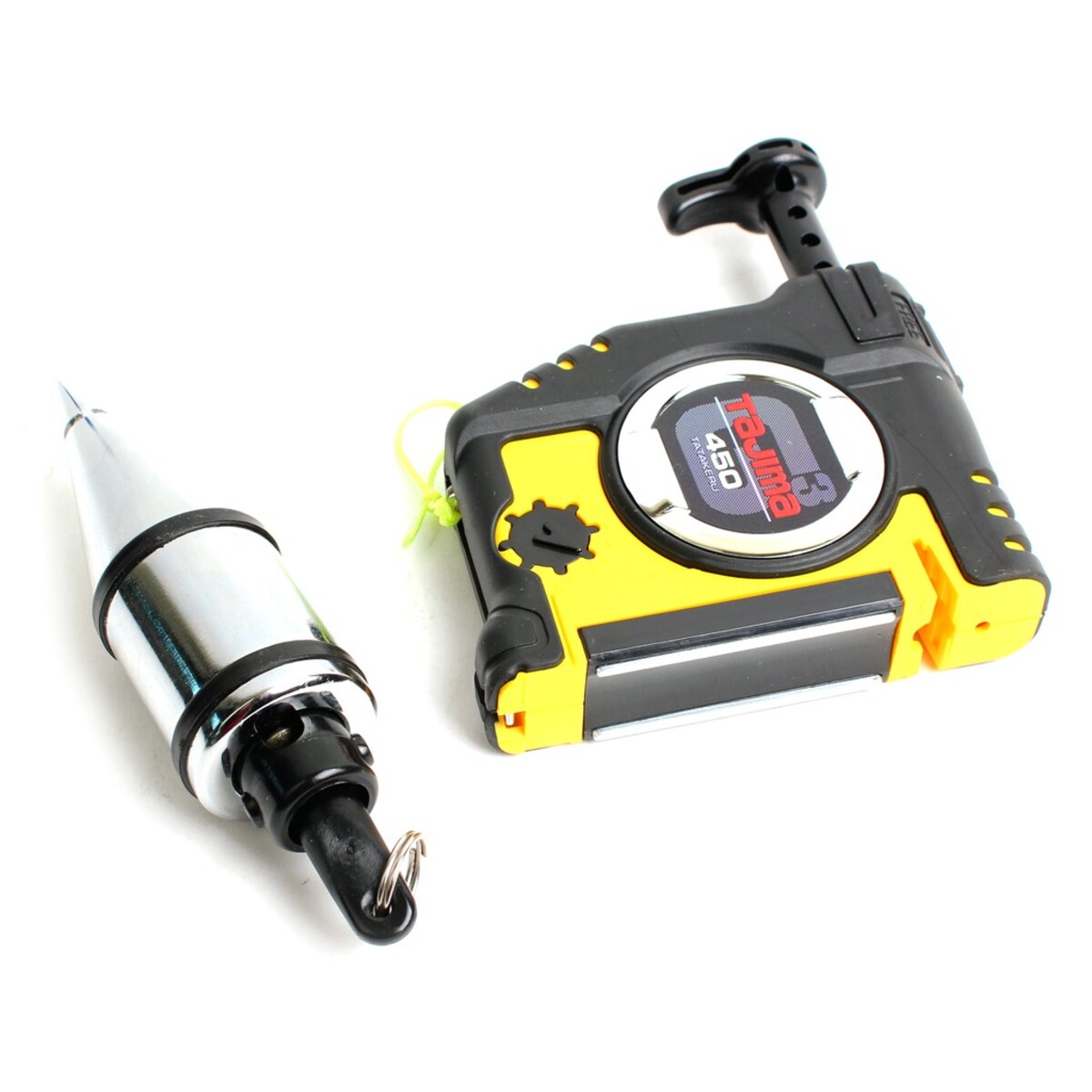
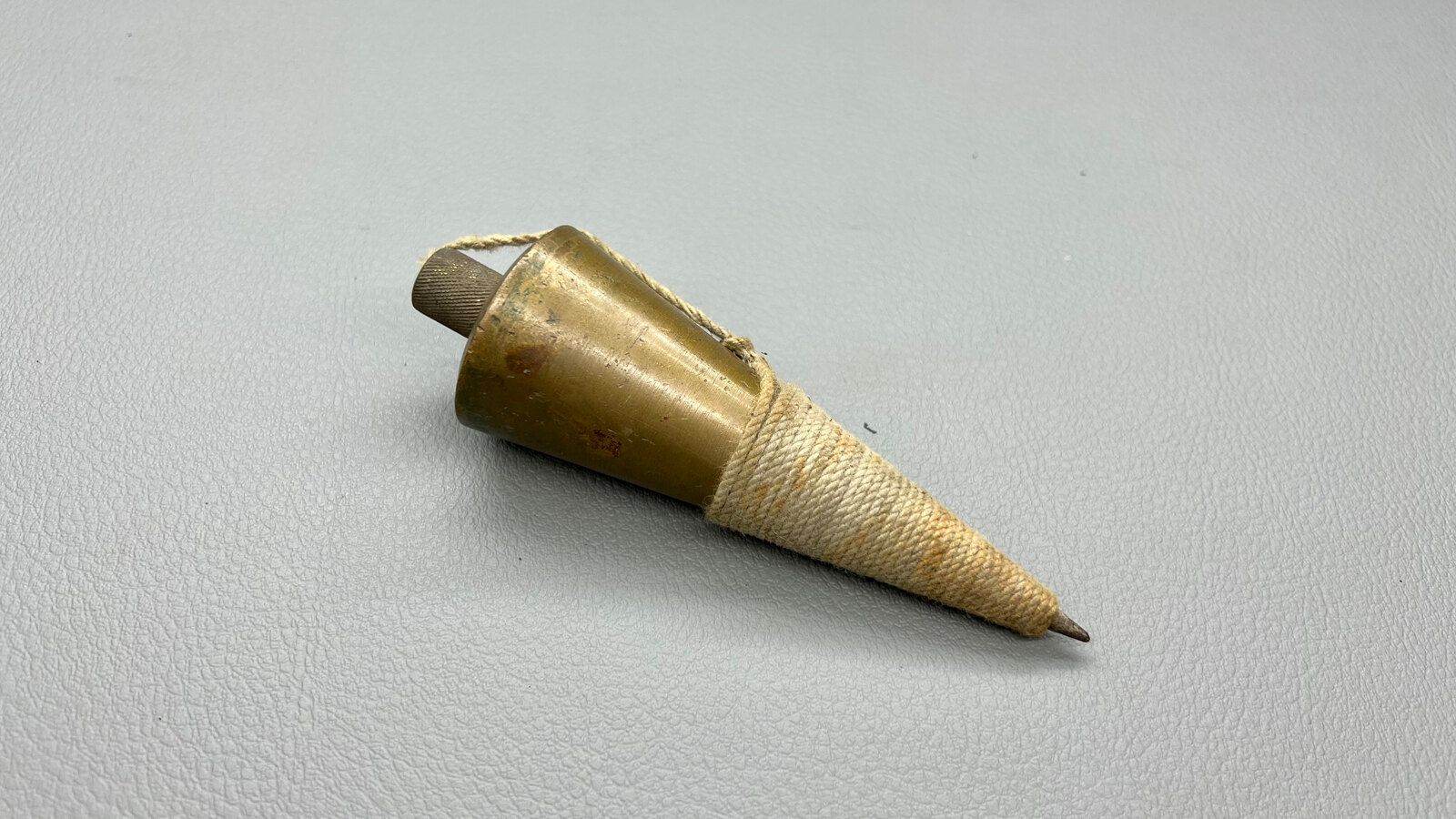
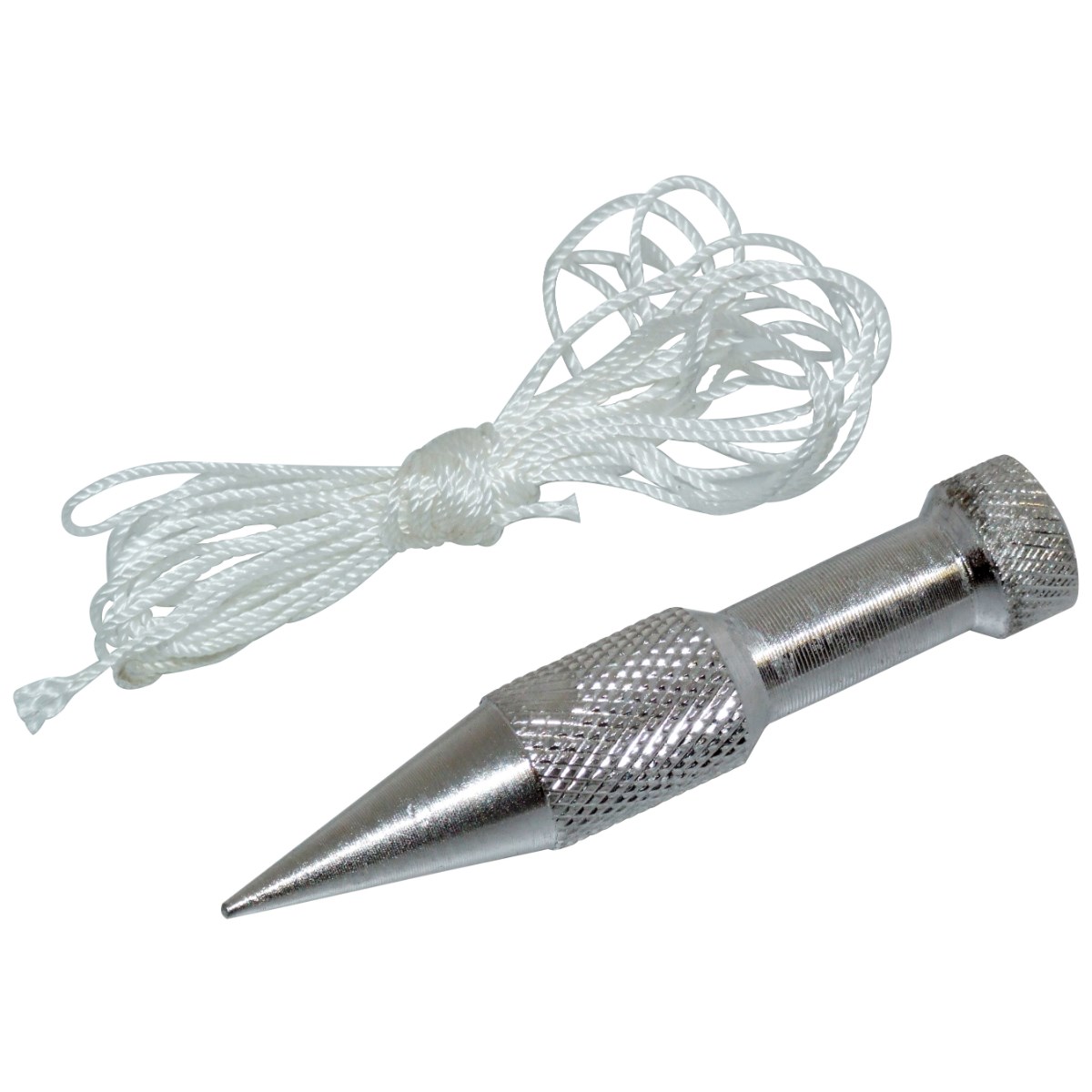
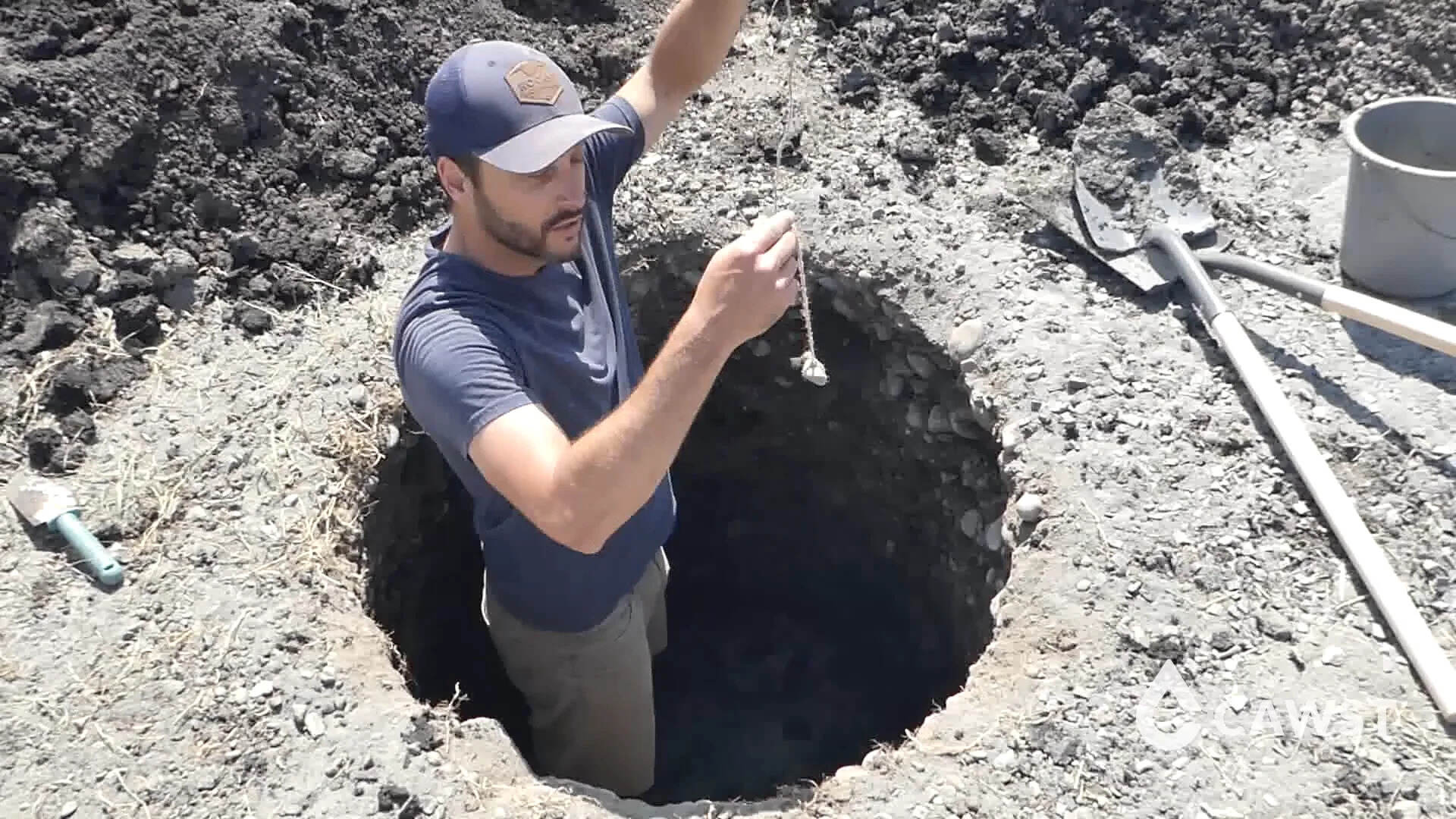
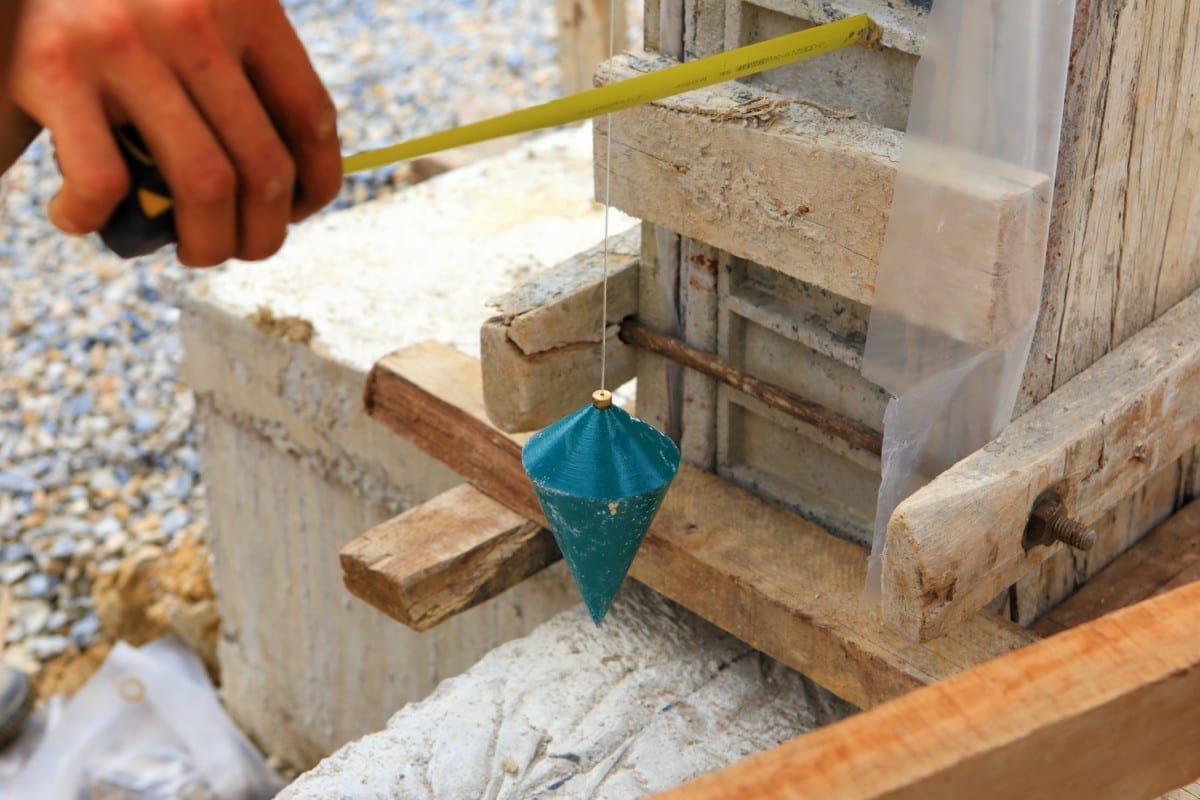
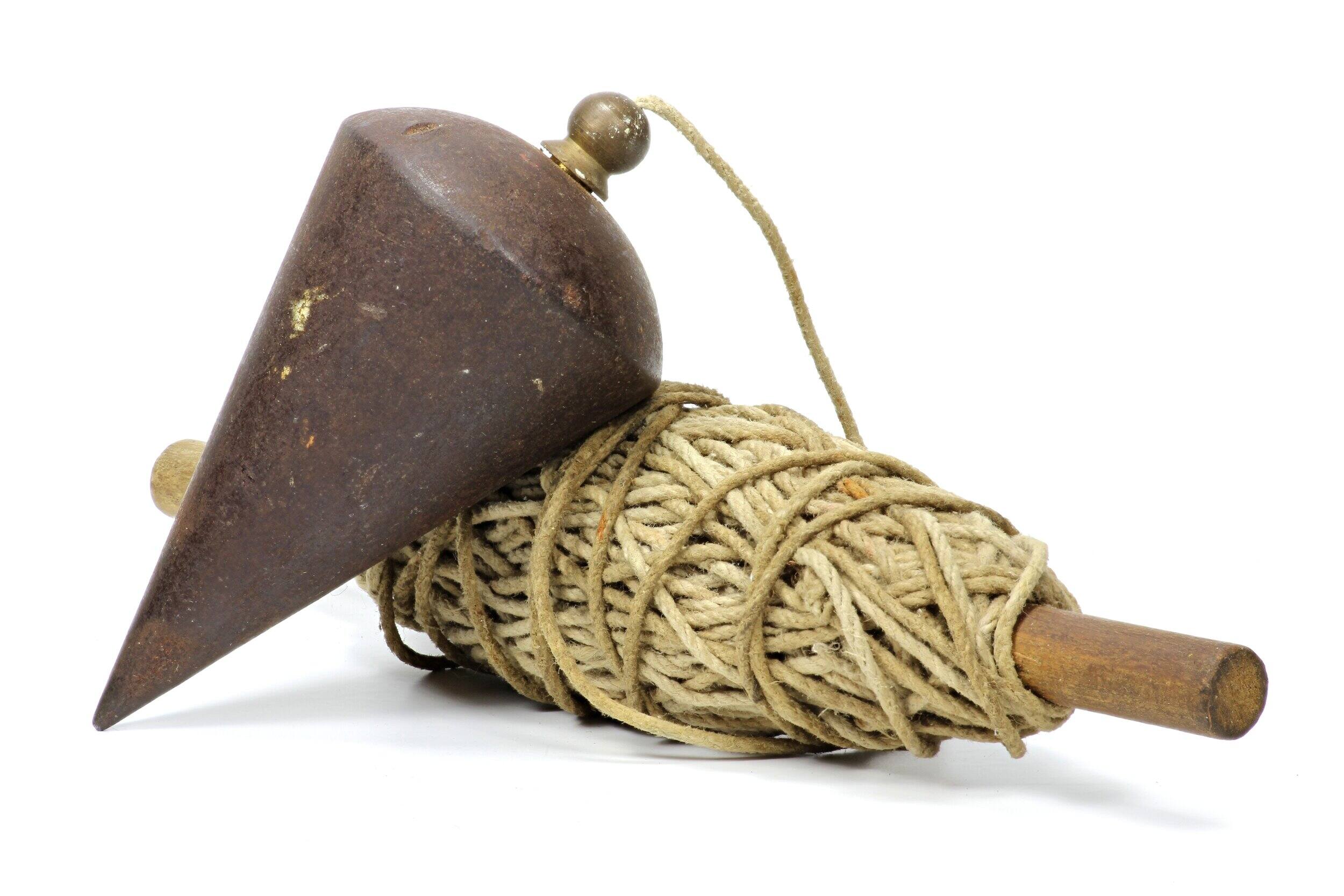
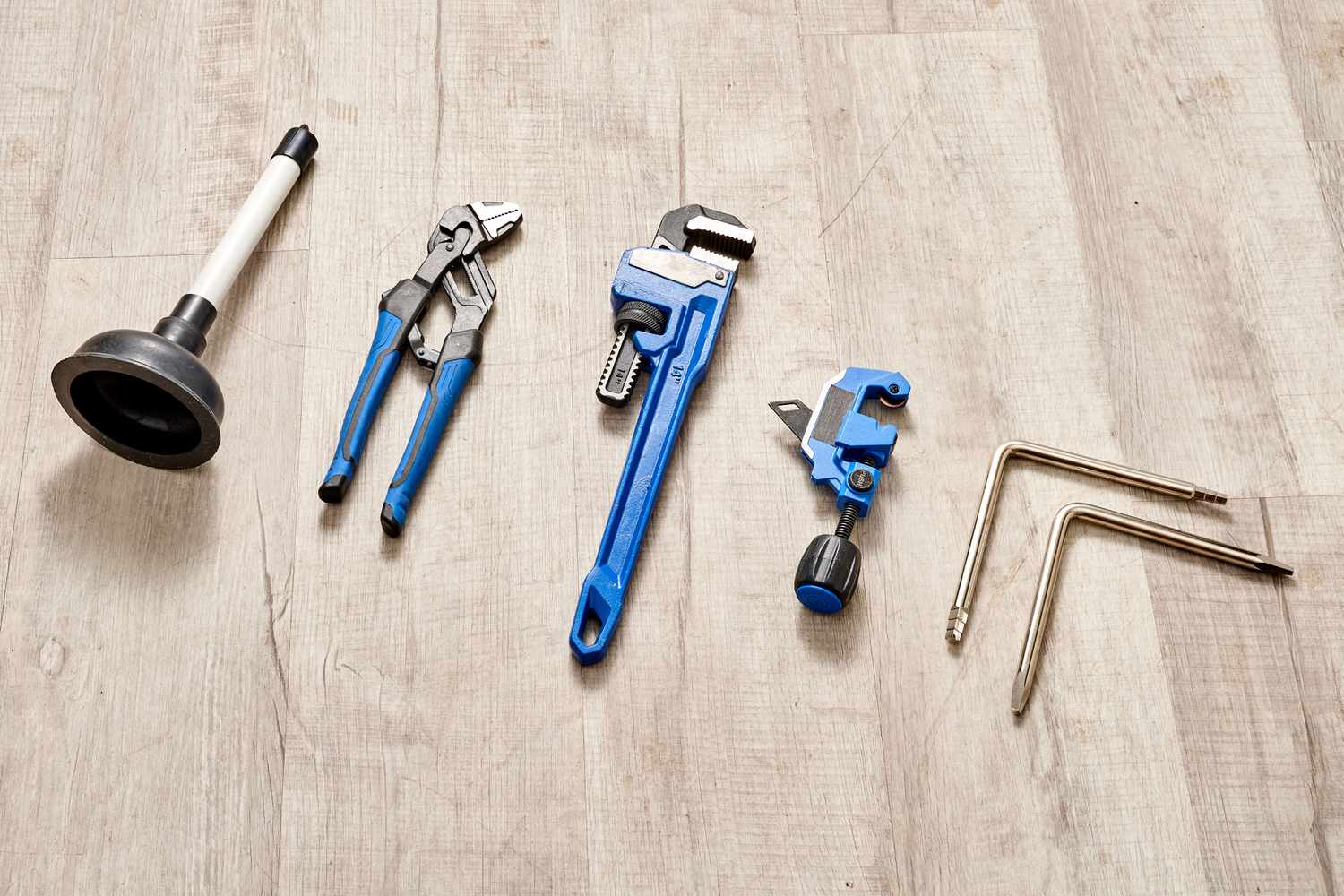
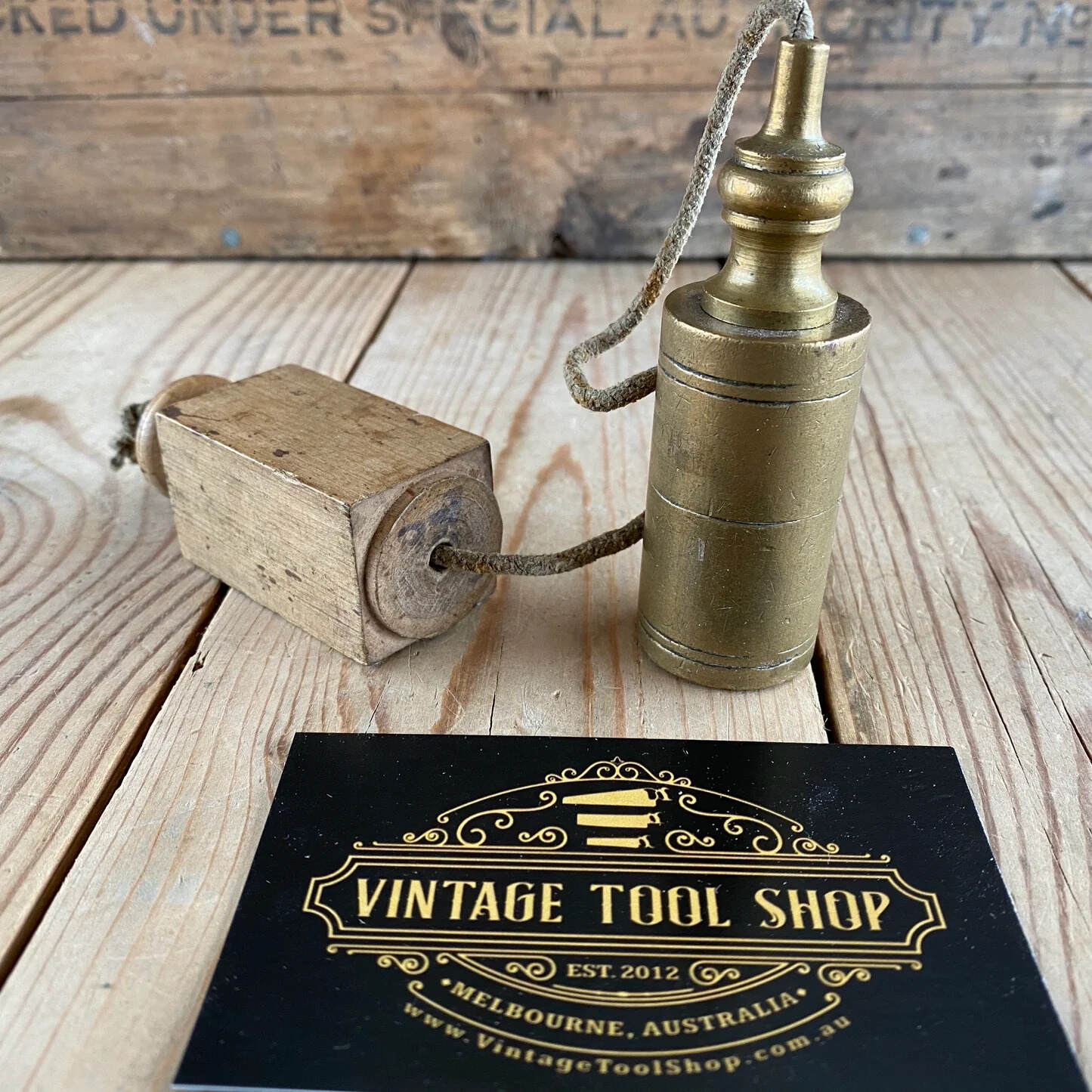
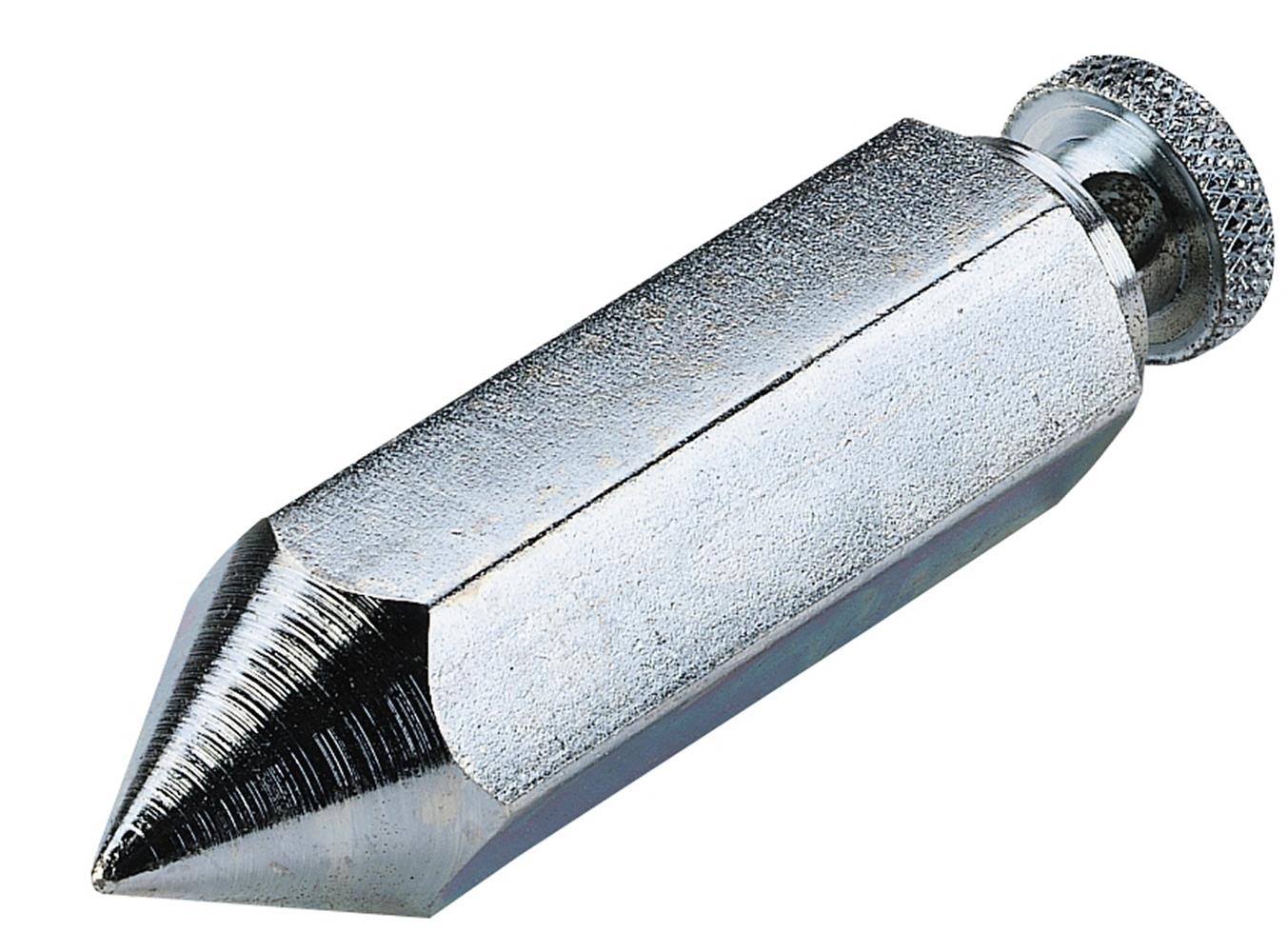
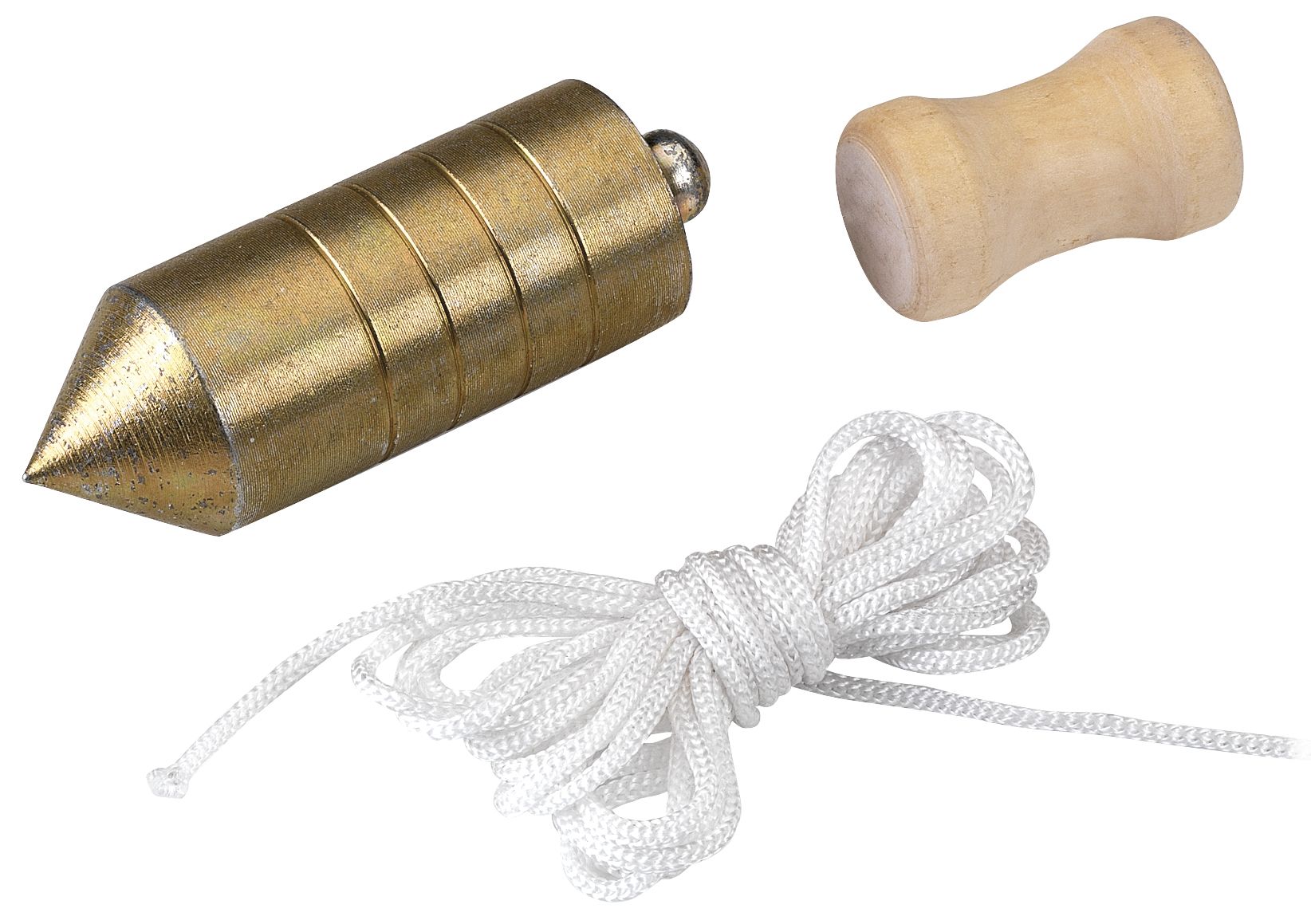
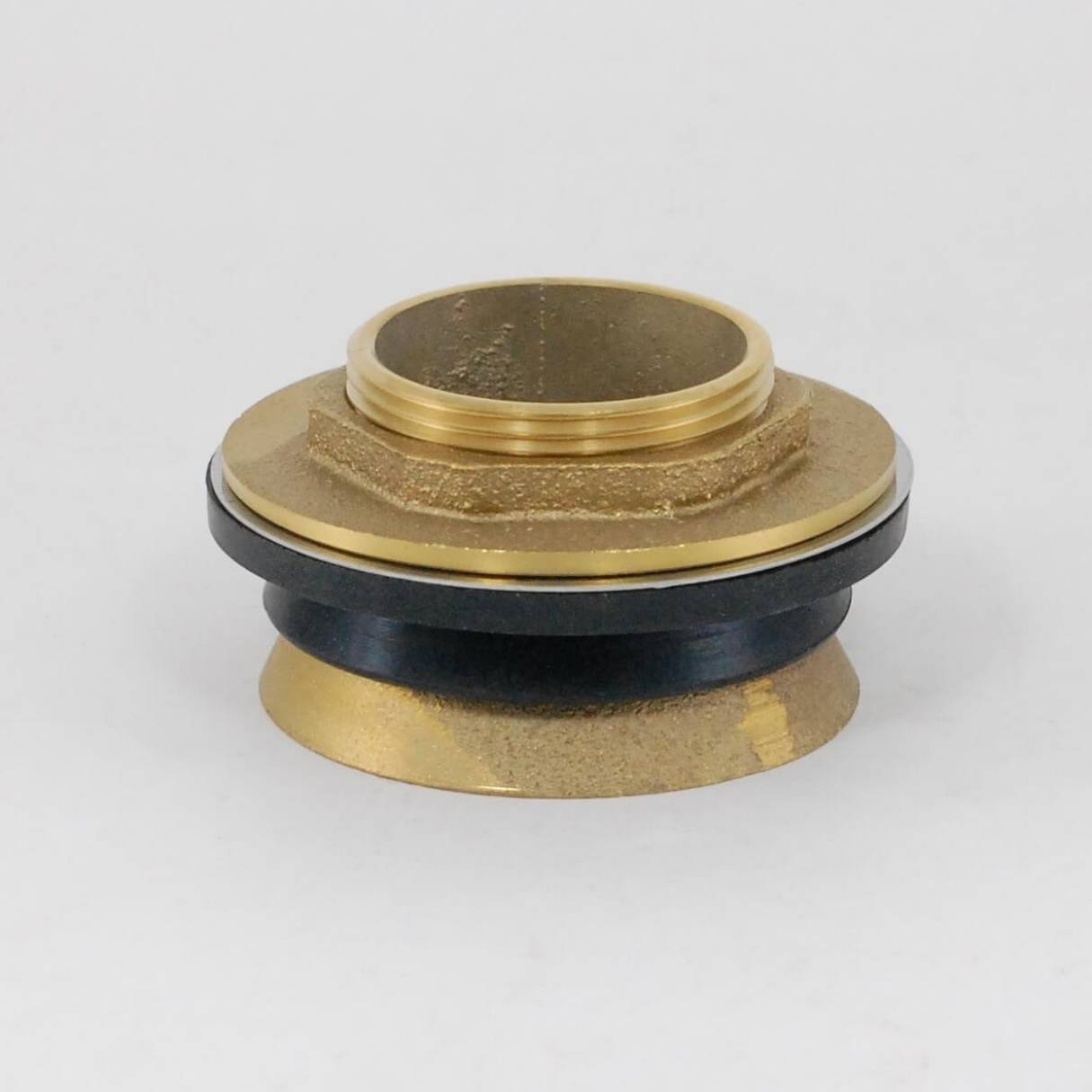


0 thoughts on “What Is A Plumb Bob Tool Used For?”